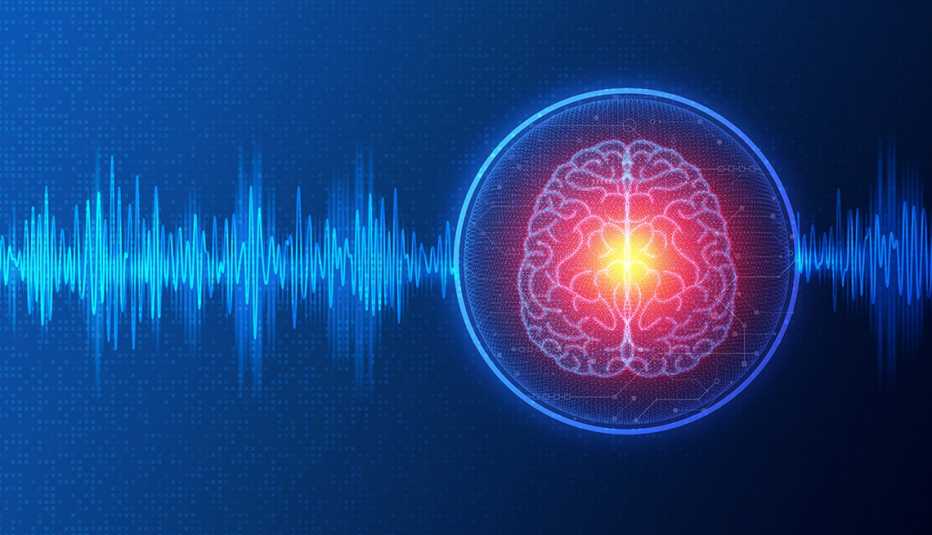Staying Fit


Almost one-third of Americans have been diagnosed with depression at some point in their lives, according to a 2023 Gallup poll. Recovery rates are mixed, according to the Centers for Medicare & Medicaid Services. Among those who seek treatment, about 30 percent get completely better and another 20 percent find at least some relief with the help of medications, conventional talk therapy plus physical activity.
It’s the remaining 50 percent, though, that psychiatrists really worry about. For people with so-called treatment-resistant depression, life can be a living hell.


AARP Membership— $12 for your first year when you sign up for Automatic Renewal
Get instant access to members-only products and hundreds of discounts, a free second membership, and a subscription to AARP the Magazine.
“Symptoms of chronic depression are quite disabling and people with them are at high risk for hurting themselves or suicide,” says Irving M. Reti, M.D., professor of psychiatry and neuroscience and director of the Electroconvulsive Therapy Service at the Johns Hopkins Hospital. Rates of suicide in the United States are highest among people age 75 and older, research shows.
Yet there is hope. Although many people don’t respond to initial treatment, “we still help a great number of people, even those with the most resistant, most refractory depression,” says Alan F. Schatzberg, M.D., professor of psychiatry and behavioral sciences at Stanford University School of Medicine.
The approaches used after other therapies fail may evoke visions of distressing movie scenes or bad trips, but they are bringing relief to a surprising number of people.
Electroconvulsive therapy, or ECT
Introduced in a cruder form in the 1930s, ECT conjures up disturbing images of people shaking violently as jolts of electricity bombard their brain. (Remember One Flew Over the Cuckoo’s Nest?) Today the treatment has evolved to be mostly safe — and more effective.
“ECT is the gold standard for treatment-resistant depression,” Reti says. “Some studies show response rates as high as 80 to 85 percent.”
AARP's Brain Health Resource Center
Find more on brain health plus dementia, stroke, falls, depression/anxiety and Parkinson's disease.
The treatment appears to be particularly effective among older adults who may experience relief more rapidly. “As people get older, their depression is less likely to respond to treatment, but ECT works quite well in this population,” says Mark George, M.D., professor of psychiatry, radiology and neurosciences and the director of the Brain Stimulation Lab at the Medical University of South Carolina in Charleston. He’s one of the early developers of today’s brain-stimulation therapies.
During ECT, electric currents pass through key parts of a patient’s brain, including the frontal lobe, which is involved with mood regulation. The goal is to induce a small seizure that “resets the activity in the brain,” George says.
To prevent pain and injury, patients are given general anesthesia and muscle relaxants. It usually takes two or three weekly treatments over three or four weeks for them to feel better.





































































More From AARP
Mental Well-Being Series
Four challenges to manage emotions, boost resilience, practice mindfulness and pursue happiness, all at Staying Sharp®
6 (Non-Drug) Ways to Fight Depression
There are options to try, with or without medicationHow to Help Someone With Depression
If your spouse, friend or coworker is behaving differently, you can helpRecommended for You